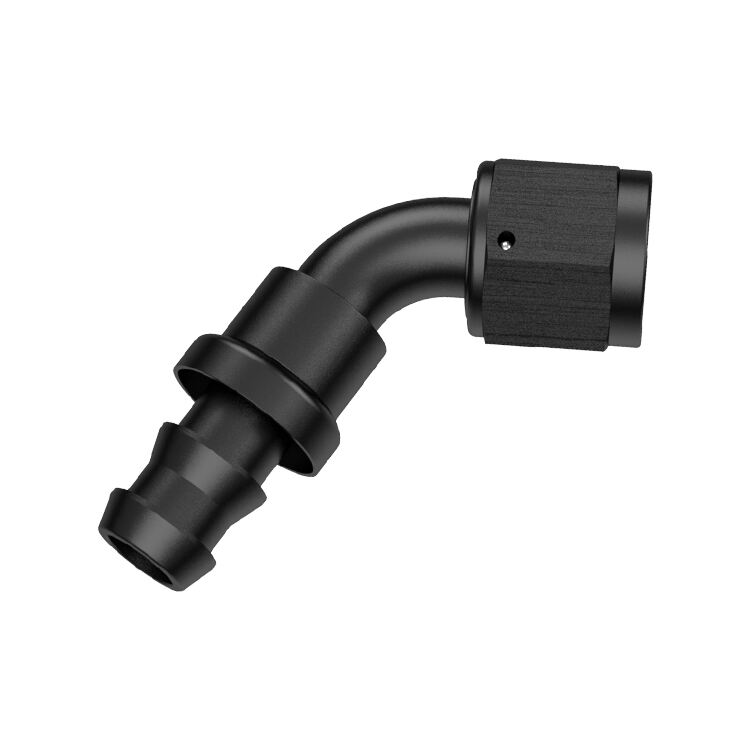
AN fittings are made to last, however, they require some maintenance if longevity is to be guaranteed. The current article will elaborate on how AN fittings can be maintained, preventing frequent breakdowns and improving the fluid transfer systems’ longevity.
Regular Maintenance Checks
Regular checks are very important in spotting the emerging issues such as wear and tear, corrosion or any damage. Look out for any cracks or leaks in the fittings. The hoses that are attached to the fittings should also be inspected, as hoses that are in poor condition can cause failure. Carrying out regular checks helps in catching potential concerns that can escalate into complications.
Proper Maintenance of the AN Fittings
With time, it is possible for the AN fittings to be clogged with dirt and contaminants which may interfere with their performance. For that reason, cleaning should be done with precaution.
A thick solvent and a gentle brush can be employed to scrub the fittings and get rid of grime.
Make sure not to use strong solutions that might eat away the material of the fitting.
Make sure that all moisture is eliminated before reassembling by rinsing well and drying.
Maintaining Firm Connections
Connections may sometimes become loose due to vibrations and thermal expansion. Fittings should be checked for tightness from time to time. Fittings need to be tightened as per the recommended torque specifications to avoid leaks without causing damage to the components.
Environmental Considerations Let us give you some facts concerning these terms: First contradiction, a critical perspective. The lifetime of AN fittings may be shortened due to environmental conditions. These factors include moisture; aggression, chemical and the most threatening worsening exposures. A measure for protection from such factors is the thrust on stainless steel fittings in such applications. Further more some details; provide outdoor a protection for them if such fittings have to be used outdoors installation.
Maintuding AN fittings is important as far as their application in fluid transfer systems is concerned. IF details like periodic checks, cleaning of parts and securing connectors are utilized, direct effects such as reduction in fittings destruction and their wear are expected.